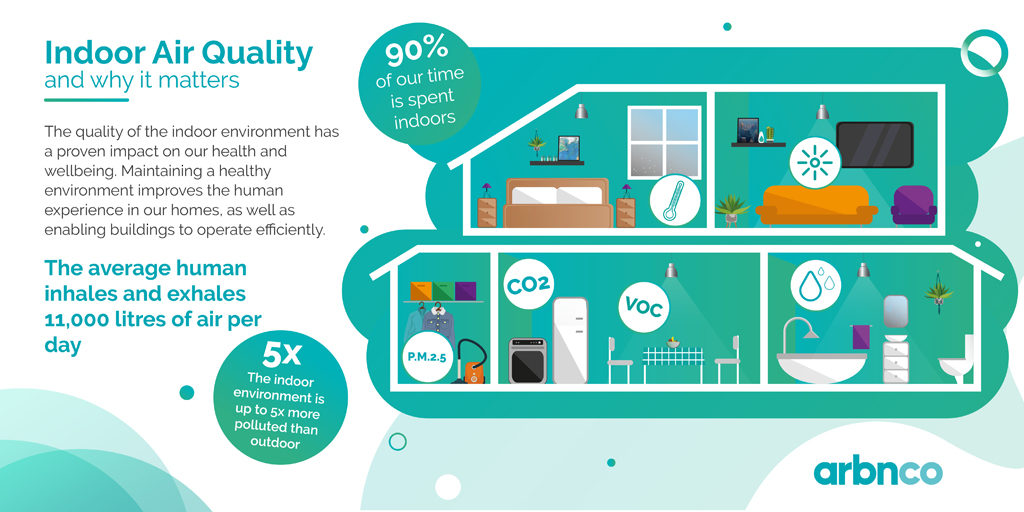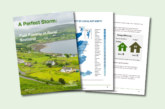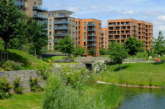Jason Thomas from arbnco considers the health and wellbeing impact of social housing.
Improving the quality of social housing is a big challenge for councils, both economically and in considering tenant needs and preferences. It is made all the more challenging by the fact that a huge factor affecting the quality of housing is the way in which homes are operated — something that local authorities have little insight into.
Understanding the living conditions inside people’s homes is important not just for potential maintenance savings, but also because of the impact on the health and wellbeing of tenants. Air quality is fast becoming one of the biggest societal problems of our time, and research from the US Environmental Protection Agency shows that indoor air can be up to five times more polluted than outdoor.
How can councils gain insight into the real conditions inside social housing? Leeds City Council is currently working on a research project to explore exactly that. The project, funded by Innovate UK, is part of the GovTech Catalyst programme, designed to help public sector bodies take advantage of emerging technology.
Currently in phase one, the Council is working with five organisations to understand how new technology can be used to better understand environmental conditions within its housing stock. Phase two, due to begin early 2020, will see the further development and testing of a solution before piloting it.
Environmental issues
Numerous studies have linked poor air quality to an array of damaging health effects. The World Health Organisation estimates that breathing in polluted air results in approximately seven million deaths per year. The risks are greater for those living in built up, urban areas, where particulates such as brake and tyre dust and diesel emissions can easily drift in through open windows.
Not opening windows, however, can lead to problems in itself. Low ventilation rates can lead to symptoms like headaches and tiredness. It can also result in dampness and mould, particularly if tenants have laundry drying in their living environment. Mould spores can result in irritation of the throat and chest, and potentially longer-term lung problems.
Volatile organic compounds (VOCs) are another big threat; invisible, but sometimes detected by smell. These are emitted as gases from everyday items, such as furniture, fittings, and cleaning products. Consistent exposure to VOCs can cause health effects such as eye, nose, throat and skin irritation, and many are also known carcinogenic chemicals.

Solutions and outcomes
How can councils gain insight on the quality of the indoor environment in social housing? arbnco, one of the organisations working with Leeds City Council on this project, is exploring how sensor technology could be utilised to gather real-time data on indoor environmental parameters, such as humidity, CO2 and VOCs. This would be supplemented by qualitative data, where tenants could provide human feedback on the environment. A central platform would then analyse this data, and could alert occupants, building managers and councils when parameters are exceeding safe limits or optimum comfort levels.
For the Council, not only could this lead to healthier, happier tenants; it could also aid property management, enhance accessibility of information on building condition, and allow earlier preventative measures to be taken. This could help reduce periods of inoccupancy in social housing, by ensuring properties are always of a liveable standard.
Councillor James Lewis, Leeds City Council Deputy Leader and Executive Member for Resources, said: “It’s great to see Leeds’ growing digital industry working with the Government Digital Service and Innovate UK through GovTech Catalyst to develop innovative, creative solutions to benefit Leeds residents.
“At the moment, we’re having to visit all of our council properties to find out what the building condition is, and we then have 200,000 repairs a year. If we can work with GovTech Catalyst partners to target our resources better and reduce the need for housing repairs, it could have a massive benefit for the people of Leeds.”
Technology and research
The project could help councils understand whether properties need reconfiguring, such as providing communal drying rooms, and whether certain types of build are more susceptible to particular issues. arbnco’s academic partner on the project, the Mackintosh Environmental Architecture Research Unit at The Glasgow School of Art, is exploring this. It has already undertaken extensive research into the impact of poor domestic ventilation, and for this project, will study different property archetypes and examine construction methods to develop a risk factor index.
The technology could also enable councils to help tenants with energy management. Sensors could highlight wasteful activity, such as having the heating on whilst windows are open. It could also detect if temperature is consistently very low, which could be an indication of fuel poverty. Charity, National Energy Action, is working with Leeds City Council on this project, to build up a picture of energy vulnerability status across council properties. It is hoping to use these insights to inform how sensor data can be used to better support tenants, and understand what interventions might be necessary to manage indoor environment and energy use more effectively.
Emerging sensor technology presents councils with an opportunity to improve housing stock and positively impact the health and wellbeing of tenants — hopefully many more will follow in the footsteps of Leeds City Council. If we can understand the link between the indoor environment and tenant health, and take steps to address it and influence behaviours where necessary, then council housing could play a more active role in helping to reduce the burden on our over-stretched health and social care services.
Jason Thomas is the Business Development Manager for health and wellbeing products at building performance technology company arbnco









